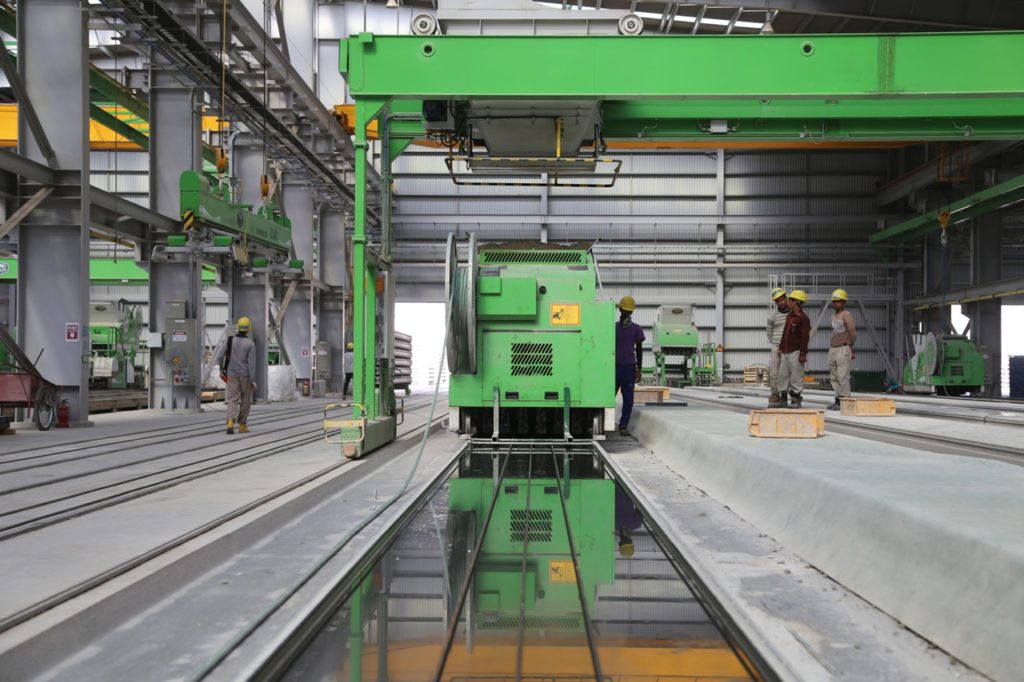The very fundamental reason behind opening any business is to fulfill a need, profit from it, and expand sustainably. While modern technology and the internet in particular has made everything a lot easier and more available than it was ever before, waste is still a continuous problem that plagues businesses that do not take adequate measures towards eliminating those unnecessary steps.
This applies particularly to the manufacturing industry, although it’s not the only sector that can benefit from streamlining their processes. For example, look into the 2022 trends in ERP to learn more about the benefits. That being said, lean manufacturing has revolutionized the industry and has managed to produce significant profits in places where none existed at all, while boosting revenue everywhere else. To know in what ways lean manufacturing can do the same for your business, do read on.

What is this “Waste” that Lean Manufacturing Aims to Remove?
The “waste” in lean manufacturing refers to the seven deadly unnecessary efforts that result in loss of productivity, resources, money and more.
Overproduction – Overproduction in manufacturing occurs when significantly more units of a certain product are produced by a business, which exceeds the market demand, or the order placed by the customer/customers.
If it’s a product that’s time-sensitive (food products in particular), is produced sooner, and at a faster rate than required, it can also be a wasteful process, as it will lead to overproduction. This is due to the fact that the inventory cannot be carried long enough to use in the next order.
Wasted Inventory – A continuation of the previous point, wasted inventory is a situation where you have managed to overstock your raw supplies or finished products, without a plan regarding how to stop losing profits from the overproduced units or overstocked supplies.
Unnecessary Waiting – When employees are waiting on the clock unnecessarily, simply because something requires unnecessary higher-level authorization that isn’t readily available, or the system incorporated by the manufacturing plant itself prohibits from taking a step before the completion of a whole cycle, it’s a huge waste of time.
Unnecessary Motion – This one is a bit complicated to explain, but the general idea is that machines and workers in the plant are having to physically move more than they should need to, in order for the processes to be completed. Even the few extra minutes per cycle add up to a huge wastage of time, which can be identified and rectified with lean manufacturing.
Wasted Time in between Processes – It is easy to forget about transportation, but a significant amount of time is often wasted in transportation, because the routes and the stops are not streamlined to eliminate the unnecessary ones.
Ideally, there should not be any significant gaps in between processes, which is why big companies usually have the whole production unit under one roof.
Correctional Wastage – A loose manufacturing process that isn’t monitored at every step will inevitably lead to errors in the final product.
Depending on how big that error is and what you are manufacturing, the effects can be a big waste of time, money, effort and resources at best, while being catastrophic for the business’s financial status and market reputation at worst. If you remember the Samsung Galaxy Note 7 explosions and consequent recalls, you will know what we are talking about here.
Over Processing – This one is tricky, and some may not even call it a waste, but it certainly is a waste from a business point of view. Over processing in manufacturing signifies refining a particular product beyond what the customer ordered or the market demand suggests. It’s a waste of effort, money and resources without an adequate ROI to justify it.
Is There an Organized Process Which You Can Use to Implement Lean Manufacturing?
Lean manufacturing is not just a concept of course, but an actual and practical business methodology that is used meticulously by experts to streamline, eliminate and minimize every process involved in the business, so that the seven forms of waste can be reduced or eliminated completely.
However, in order to become an expert in lean manufacturing and actively implement the strategies in their own business, formal education in lean manufacturing is a must. If you are a business owner, or a high-level executive with sufficient authority to make the necessary changes, complete this lean manufacturing online course from Kettering University and it will teach you everything you need to know.
No GRE or GMAT is required for joining the program, and you can even customize your degree to graduate with a certificate in Global Leadership, and further add to your leadership skills.
Most importantly though, the lean manufacturing online course is designed to educate and train you regarding everything that a manufacturing business owner or decision maker would need to know for incorporating lean manufacturing. Reducing wastage and expenses, increasing revenue generation and facilitating sustainable growth in the production business will become natural for you.
Automation is Key to Streamlining Processes
Automating repetitive processes is more important than it seems initially. The simple conveyor belt is a great example of an automated process, which was introduced by Ford over a century ago in 1913, and continues to streamline manufacturing processes to this day. Of course, modern conveyor belts are lightyears ahead of their initial forefathers from a hundred years ago, but the basic concept has remained the same.
Artificial intelligence is not just a fancy term anymore, as there are now intelligent robotic arms that can handle workloads completely on their own, as well as software connected to camera and infrared sensors, capable of detecting when a machine is in need of repair or maintenance. Machine learning is an integral part of lean management and in the future; it will help us achieve even better results from its implementation.
Growth in business can only be considered sustainable when it’s planned and expected, which is actually a lot of what lean manufacturing aims to achieve as a whole. It’s the little steps which lead to that sustainable growth everyone wants, and lean manufacturing is always about procedurally refining every one of those little steps to best suit the business’s goals.

